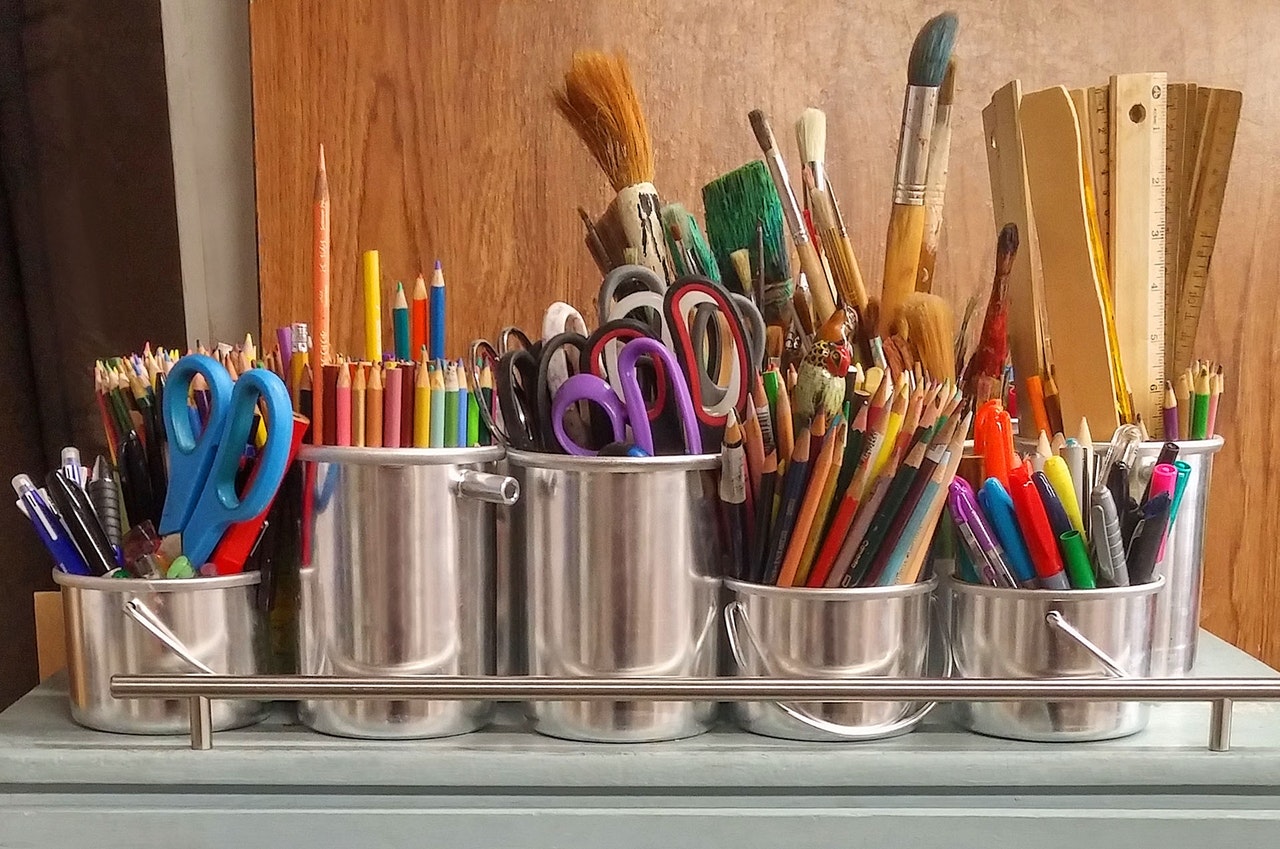

Articles
How To Store Markers
Modified: January 5, 2024
Learn how to store markers properly with these helpful articles. Find out the best tips and tricks for preserving your markers for long-lasting use.
(Many of the links in this article redirect to a specific reviewed product. Your purchase of these products through affiliate links helps to generate commission for Storables.com, at no extra cost. Learn more)
Introduction
Proper storage of markers is essential for maintaining their quality and longevity. Whether you’re an artist, a student, or simply enjoy using markers for various purposes, taking care of them will ensure that they remain in optimal condition and ready for use whenever needed. In this article, we’ll explore the reasons why marker storage is important and provide you with useful tips on how to store your markers effectively.
Markers are versatile tools that can be used for drawing, coloring, lettering, and more. They come in a variety of types, such as alcohol-based markers for professional artists and water-based markers for children. No matter the type, markers contain delicate components that can be affected by improper storage conditions.
Exposure to air, moisture, sunlight, and temperature fluctuations can cause markers to dry out, fade, leak or even become unusable. Therefore, it’s crucial to protect them from these detrimental factors. By implementing proper marker storage techniques, you can extend their lifespan, maintain the vibrancy of colors, and ensure consistent performance.
Now, let’s delve into some practical tips for storing your markers in the best possible way.
Key Takeaways:
- Proper marker storage is crucial for maintaining quality, longevity, and usability. Implementing tips such as choosing the right container, avoiding direct sunlight, and ensuring cap maintenance preserves the vibrancy and performance of markers.
- Organizing markers by type and color, maintaining temperature and humidity control, and labeling for easy retrieval optimize the storage system. These practices ensure markers remain protected, accessible, and ready for creative use.
Read more: How To Store Copic Markers
Why is Proper Marker Storage Important
Proper marker storage is important for several reasons. Here are a few key benefits:
- Preserving Marker Quality: By storing markers correctly, you can preserve their quality and prevent them from drying out or becoming damaged. This ensures that when you use them, they will perform optimally, providing smooth, vibrant, and consistent ink flow.
- Extended Lifespan: Proper storage can significantly extend the lifespan of your markers. By protecting them from exposure to air and moisture, you can prevent premature drying or ink evaporation. This allows you to maximize the use of your markers and save money in the long run.
- Maintaining Color Integrity: Markers are known for their vibrant and bold colors. However, inadequate storage can cause colors to fade or become distorted over time. By storing markers in a controlled environment, you can maintain the original color integrity, ensuring that your artwork or writing remains visually appealing.
- Preventing Leakage and Damage: Improper storage can lead to marker leakage, which not only creates a mess but also renders the markers unusable. Additionally, markers that are stored haphazardly or in a disorganized manner can become damaged, affecting their performance and durability. Proper storage techniques can help prevent these issues.
- Convenience and Efficiency: When your markers are stored in an organized and easily accessible manner, it saves you time and effort in finding and retrieving the color you need. Proper marker storage ensures that you can locate the desired marker quickly, allowing you to focus on your creative process or tasks without interruptions.
Overall, proper marker storage is crucial for maintaining their quality, extending their lifespan, preserving color integrity, preventing leakage, and ensuring convenience. By implementing the following tips, you can create an ideal storage system that will keep your markers in top-notch condition for years to come.
Tips for Storing Markers
To ensure the longevity and quality of your markers, consider the following tips for storing them:
- Choosing the Right Container: Select a container that can adequately accommodate your markers and protect them from external elements. Look for options such as marker storage cases, pencil cases with individual slots, or marker holders specifically designed for this purpose. Avoid using containers that allow excessive movement or are prone to tipping over.
- Avoiding Exposure to Air and Moisture: Air and moisture are two factors that can quickly degrade the quality of your markers. To prevent this, make sure your storage container has a tight seal. You can also consider adding a moisture-absorbing packet or silica gel to absorb any excess moisture in the container.
- Organizing by Type and Color: Group your markers together based on their type and color. This organization will not only make it easier to locate specific colors but also help you see at a glance which colors you have available. Consider using dividers or separators within the storage container to keep each group of markers organized.
- Keeping Markers Upright: Store your markers in an upright position whenever possible. Keeping them upright helps prevent ink from pooling in one end, which can affect the ink flow and cause leakage. If your storage container doesn’t have individual slots, consider using elastic bands or securing the markers with rubber bands to keep them in an upright position.
- Temperature and Humidity Control: Keep your markers in a cool and dry environment. Extreme temperatures, as well as high humidity levels, can negatively impact the markers’ performance and longevity. Avoid storing markers near heating vents, radiators, or in direct sunlight, as these can cause the markers to dry out or fade.
- Preventing Direct Sunlight: Exposure to direct sunlight can cause markers to fade and lose their vibrancy over time. Store your markers in a location away from windows or use opaque storage containers that block UV rays to protect them from sunlight.
- Ensuring Cap Secureness: Always make sure to securely replace the caps on your markers after use. Loose or improperly sealed caps can lead to ink evaporation, drying out the markers. Additionally, tightly closed caps help prevent leakage and maintain the ink flow consistency.
- Labeling and Identification: Consider labeling your markers or the slots in which they are stored. This will make it easier for you to quickly identify the color and type of each marker. Use labels or color-coded stickers for easy reference and retrieval.
By implementing these tips, you can create an organized and protective storage system for your markers, ensuring their longevity and optimal performance. Remember to regularly check your markers for any signs of damage or drying, and replace any markers that are past their prime. With proper storage and care, your markers will be ready for use whenever inspiration strikes.
Choosing the Right Container
When it comes to storing markers, choosing the right container is key to keeping them safe and organized. Here are some considerations to keep in mind:
- Size and Capacity: Select a container that can accommodate your marker collection. Consider the number of markers you have or plan to have in the future. Ensure that the container has enough slots or compartments to prevent overcrowding, which could lead to markers becoming damaged or difficult to access.
- Material Quality: Look for a container made of durable and sturdy material that can withstand regular use. A transparent or semi-transparent material such as plastic or glass can be beneficial, as it allows you to easily see and identify the markers stored inside.
- Closing Mechanism: Ensure that the container has a secure closing mechanism, such as a latch, zipper, or snap closure. This helps keep the markers safe from accidental spills or exposure to air and moisture.
- Individual Slots or Dividers: Opt for a container that has individual slots or dividers. This prevents the markers from rubbing against each other and potentially causing damage. Individual slots also make it easier to organize the markers by type or color.
- Portability: Consider the portability of the container, especially if you often take your markers on the go. Look for a container with a handle or a compact design that can easily fit in a backpack or tote bag.
Once you’ve chosen the right container, it’s important to arrange your markers in a way that keeps them secure and easily accessible. Placement and organization within the container play a crucial role in maintaining the quality of your markers. You want to avoid markers rolling around or getting jumbled together, as this can lead to damage or difficulty finding specific colors.
In the next section, we’ll explore tips on organizing your markers by type and color, ensuring efficient storage and easy retrieval.
Avoiding Exposure to Air and Moisture
Exposure to air and moisture can have detrimental effects on the quality and performance of your markers. It’s important to protect them from these elements to ensure their longevity. Here are some tips to avoid exposure to air and moisture:
- Secure Cap Placement: Always make sure to securely place the cap back on the marker after use. The cap acts as a barrier, preventing air from entering the marker and drying out the ink. Ensure that the cap is tightly sealed to maintain the integrity of the marker’s ink.
- Check for Leaky Markers: Regularly inspect your markers for any signs of leakage. If you notice any markers with damaged or loose caps, address the issue promptly. Leakage can not only expose the ink to air and moisture but also cause a mess in your storage container.
- Use Moisture-Absorbing Packets: To further safeguard your markers, consider including moisture-absorbing packets or silica gel in your storage container. These packets help absorb any excess moisture that may be present, reducing the risk of moisture damage to your markers.
- Keep Markers in a Dry Environment: Store your markers in a dry environment away from areas prone to moisture, such as bathrooms or areas with high humidity levels. Avoid storing them near open windows, where they can be exposed to outdoor moisture.
- Store Markers Upside Down: Another way to prevent excessive air exposure is by storing your markers upside down. This allows the ink to flow toward the tip, keeping it moist and preventing it from drying out. Keep in mind that not all markers can be stored upside down, so check the manufacturer’s recommendations.
- Replace Desiccant Packets: If you’re using desiccant packets or silica gel in your marker storage container, make sure to replace them regularly. Over time, these packets can become saturated with moisture and lose their effectiveness. Replacing them ensures optimal moisture absorption.
By implementing these tips, you can protect your markers from exposure to air and moisture, helping to maintain their quality and prevent them from drying out. Proper storage practices go a long way in preserving the lifespan and performance of your markers.
Read more: How To Store Markers And Pens
Organizing by Type and Color
Organizing your markers by type and color not only helps keep your marker collection neat and tidy but also allows for easy retrieval when you need a specific color. Here are some tips for organizing your markers effectively:
- Grouping Similar Markers Together: Begin by grouping markers of the same type together. If you have different types of markers, such as alcohol-based and water-based, keep them in separate sections or compartments within your storage container. This ensures that each type of marker is stored properly, as they may have different storage requirements.
- Color-Coding System: Consider implementing a color-coding system to further organize your markers. Assign a specific color label or marker cap to each color group, making it easier to identify and locate the desired color quickly. You can use colored stickers or labels on the markers or their storage slots.
- Arrange in a Logical Order: Organize your markers in a logical order that makes sense to you. You may choose to arrange them in a gradient order, with similar colors placed next to each other, or by color families (such as warm tones, cool tones, etc.). Find an arrangement method that is visually appealing and helps you locate specific colors easily.
- Use Dividers or Separators: If your storage container doesn’t have built-in dividers or slots, consider using removable dividers or separators to create distinct sections for each marker group. This helps prevent markers from mixing together and keeps them organized within the container.
- Label Each Section: To aid in quick and hassle-free retrieval, label each section or divider with the type or color group it contains. This labeling system allows you to visually identify the desired marker group, saving you time and effort in finding the right color.
- Regularly Reorganize: As your marker collection grows or changes, it’s important to regularly reorganize and update your storage system. This ensures that new markers are appropriately integrated and that your organization system remains efficient and functional.
Organizing your markers by type and color not only makes your marker storage visually appealing but also improves the overall efficiency of your creative process. You can spend less time searching for the right color and more time expressing your creativity.
Read more: How To Store Markers And Pens
Organizing by Type and Color
– Grouping Similar Markers Together
When organizing your marker collection, one effective method is to group similar markers together based on their type. This approach allows for easy identification and ensures that each type of marker is stored correctly. Here’s why grouping similar markers together is beneficial:
- Organizational Efficiency: By grouping markers of the same type together, you create a structured and organized system. This makes it easier to find the specific markers you need, especially when you’re in the middle of a project and want to quickly locate a particular type of marker.
- Preserving Marker Quality: Different types of markers may have varying storage requirements. Grouping them together ensures that you’re storing each type in an appropriate manner to maintain their quality and performance. For example, alcohol-based markers should be stored vertically to prevent ink flow issues, while water-based markers may need to be stored horizontally to keep the ink evenly distributed.
- Easier Color Selection: Grouping similar markers together allows you to see all the available colors within a type at a glance. This makes it easier to select the right color for your artwork or project. Instead of searching through a mixed collection, you can simply go to the section dedicated to a specific type and pick the color you need.
- Efficient Workflow: When your markers are grouped by type, it helps streamline your creative process. You can work more efficiently, knowing that all the markers of a particular type are located in one place. This saves time, keeps your workspace more organized, and allows you to maintain a focused and productive workflow.
- Protection from Cross-Contamination: Separating different types of markers minimizes the risk of cross-contamination. For example, alcohol-based markers may have stronger solvents that can negatively interact with water-based markers. By keeping various types separate, you prevent potential color mixing or chemical reactions that could affect the quality and performance of the markers.
By grouping similar markers together based on their type, you create a well-organized and efficient system for storing and accessing your markers. Make sure to label each group or section accordingly for easy identification. This organization method not only enhances your creative experience but also helps prolong the life and quality of your markers.
Proper Placement
The way you place and store your markers plays a crucial role in their longevity and usability. Proper placement ensures that your markers remain in optimal condition and ready for immediate use. Here are some tips for proper marker placement:
- Keeping Markers Upright: It is best to store markers in an upright position whenever possible. This helps prevent the ink from pooling at one end of the marker, which can lead to uneven ink flow or possible leakage. If your storage container doesn’t have individual slots, use dividers or elastic bands to keep the markers standing upright.
- Preventing Cracking: Avoid placing excessive pressure or force on the markers, as this can cause the casing or cap to crack. Handle your markers with care and avoid dropping them on hard surfaces. Cracked markers can lead to issues such as ink leakage or the ink drying out prematurely.
- Avoiding Tightly Packed Storage: Ensure that your markers are not tightly packed together in the storage container. Overcrowding can cause the tips to become damaged or deformed. Leave enough space between markers so that they can be easily removed and replaced without unnecessary pressure or friction.
- Separating Wet and Dry Markers: If you have recently used a marker, make sure it is completely dry before placing it back into storage. Placing wet or damp markers with dry markers can lead to color bleeding or transfer, compromising the quality and appearance of your artwork. Allow the markers to air dry before returning them to their designated slots or compartments.
- Securing Individual Marker Caps: Ensure that each marker’s cap is securely closed after use. Loose or improperly closed caps can lead to ink evaporation or drying out of the ink. This can render the marker unusable or result in inconsistent ink flow. Check that all caps are tightly sealed before placing the markers back into storage.
By following these proper placement practices, you can maintain the integrity of your markers and facilitate easy retrieval when you need them. Keeping your markers upright, preventing cracking, avoiding tightly packed storage, separating wet and dry markers, and securing individual marker caps all contribute to the longevity and optimal performance of your markers.
Proper Placement
– Keeping Markers Upright
One important aspect of proper marker placement is ensuring that your markers are stored upright whenever possible. Keeping markers in an upright position offers several benefits and helps maintain their quality and functionality. Here’s why keeping markers upright is essential:
- Prevents Ink Pooling: Storing markers upright helps prevent ink from pooling at one end of the marker. When markers are stored horizontally or at an angle, the ink may accumulate at the marker’s tip, making it difficult for the ink to flow evenly. By storing markers upright, the ink remains distributed more evenly throughout the marker, ensuring consistent ink flow.
- Avoids Leaking and Drying Out: Upright storage also helps to minimize the risk of marker leakage. When markers are placed horizontally or with the cap facing downward, there is a higher chance of the ink leaking or seeping out of the marker. Additionally, storing markers in an upright position can help prevent the ink from drying out, maintaining the marker’s usability for a longer period.
- Prevents Damage to Marker Tips: When markers are stored upright, it helps protect the tips from damage. Placing markers horizontally or applying pressure on the tips can cause them to become misshapen or flattened. By keeping markers in an upright position, you can maintain the integrity of the marker tips, ensuring precise and consistent lines when you use them.
- Easy Identification and Access: Storing markers upright allows for easy identification and access to specific colors or types. When markers are organized vertically, you can see the labeled end or cap of each marker, making it quicker and more convenient to locate the desired color. This saves you time and effort, especially when you have a large collection of markers.
While it’s best to store markers upright whenever possible, be mindful of the type of markers you are using. Some markers, such as alcohol-based markers, may require specific storage instructions from the manufacturer. Always refer to the marker’s packaging or instructions for any specific storage recommendations.
By keeping your markers upright, you can preserve their ink quality, prevent leakage and drying out, protect the tips from damage, and facilitate easy identification and access. Incorporate this practice into your marker storage routine to maintain the longevity and performance of your markers.
Temperature and Humidity Control
Proper temperature and humidity control are crucial factors to consider when storing markers. Extreme temperatures and high humidity levels can negatively impact the quality and performance of your markers. Here are some tips for maintaining the optimal storage conditions for your markers:
- Temperature Stability: Store your markers in a location with a stable temperature. Avoid exposing them to extreme heat or cold, as this can affect the ink’s consistency and potentially dry out the markers. Ideally, keep your markers in an environment with temperatures between 50°F and 77°F (10°C and 25°C).
- Avoid Temperature Fluctuations: Rapid temperature changes can cause condensation to form inside the marker or its cap, leading to potential ink quality issues. Avoid placing your markers in areas with fluctuating temperatures, such as near heating or cooling vents, radiators, or windows.
- Avoid High Humidity: High humidity can impact the performance of your markers by causing ink evaporation, mold growth, or damage to marker casings. Ensure that your storage location has a humidity level below 60%. If you live in an area with high humidity, consider using a dehumidifier in the storage space to maintain a suitable environment for the markers.
- Store in a Dry Environment: It is essential to store your markers in a dry environment to prevent moisture-related issues. Avoid storing markers in areas such as basements, bathrooms, or spaces prone to dampness. Moisture can damage the markers and affect the ink quality, making them less effective for use.
- Protect from Condensation: Condensation can occur when there are significant temperature differences between your marker storage and the surrounding environment, such as when bringing markers in from a cold outdoor setting to a warm indoor location. To prevent condensation, allow the markers to gradually acclimate to the room temperature before using or returning them to storage.
By maintaining proper temperature and humidity control, you can extend the life of your markers and ensure that they perform optimally. It’s important to pay attention to the storage environment and make adjustments as needed to protect your markers from extreme temperature conditions and high humidity levels.
Remember to always check the manufacturer’s recommendations for specific temperature and humidity requirements, as different marker brands or types may have slightly different storage needs. By providing an optimal storage environment for your markers, you can prolong their lifespan and maintain their ink quality for the best creative results.
Temperature and Humidity Control
Read more: How To Store Expo Markers
– Optimum Conditions for Marker Storage
Creating an ideal storage environment for your markers involves maintaining specific temperature and humidity levels. By providing these optimum conditions, you can ensure the longevity and performance of your markers. Here are the recommended conditions for marker storage:
- Temperature: The ideal temperature range for storing markers is between 50°F and 77°F (10°C and 25°C). Avoid exposing your markers to extreme heat or cold, as it can impact the ink’s consistency and potentially cause drying or leakage issues.
- Humidity: Aim for a humidity level below 60% in your storage area. High humidity can promote ink evaporation, mold growth, and damage to marker casings. If you live in a humid climate or your storage area tends to have high humidity, consider using a dehumidifier to maintain a suitable environment for your markers.
- Stable Environment: Stability is key when it comes to temperature and humidity. Avoid storing your markers in areas with fluctuating temperatures, such as near heating or cooling vents, radiators, or near windows. Rapid temperature changes can cause condensation inside the markers, leading to ink quality issues.
- Dry Storage Space: It is essential to store your markers in a dry environment to prevent issues like ink leakage, mold growth, or ink evaporation. Avoid storing markers in damp or humid areas, such as basements or bathrooms. Choose a storage space that is clean, dry, and free from moisture to ensure the markers remain in optimal condition.
- Avoid Direct Sunlight: Direct sunlight can be detrimental to markers. UV rays can fade the ink colors and cause the markers to dry out faster. Store your markers away from windows or use opaque storage containers that block out sunlight to protect them from unnecessary exposure.
By maintaining these optimum storage conditions, you can preserve the quality of your markers and extend their lifespan. It’s important to be aware of the specific requirements for the markers you own, as different brands or types may have slightly different storage recommendations. Always refer to the manufacturer’s instructions or packaging for any specific guidelines.
Proper temperature and humidity control, along with a dry and stable storage environment, will ensure that your markers remain in the best possible condition. By taking these measures, you can enjoy vibrant and long-lasting colors every time you use your markers.
Avoiding Direct Sunlight
Direct sunlight can have detrimental effects on markers, causing them to fade, dry out, and potentially become unusable. It is important to protect your markers from prolonged exposure to sunlight to maintain their vibrancy and performance. Here are some tips for avoiding direct sunlight when storing your markers:
- Choose a Storage Location: Select a storage location that is away from direct sunlight. Find a space in your home or studio that is shielded from sunlight by curtains, blinds, or other window coverings. This will help create a safe environment for your markers.
- Use Opaque Storage Containers: Opt for storage containers that are opaque or designed to block out sunlight. This adds an extra layer of protection to your markers, preventing harmful UV rays from reaching them. Consider storage cases, bins, or boxes made from materials that provide UV resistance.
- Avoid Window Sills: Refrain from storing your markers on window sills or near windows, as they are more likely to receive direct sunlight. Even a short exposure to sunlight can lead to color fading or ink evaporation.
- Cover Windows: If your storage area has windows that receive direct sunlight, cover them with curtains, blinds, or window films that offer UV protection. This will not only protect your markers but also help maintain a consistent temperature and humidity level in the storage space.
- Rotate Storage Containers: If you have markers stored in transparent or semi-transparent containers, consider rotating them periodically to ensure that all markers are equally protected from sunlight. This will prevent any individual markers from being exposed to sunlight for an extended period.
- Store in a Dark Area: If possible, store your markers in a dark area where there is little to no natural light. This ensures that they are shielded from sunlight at all times and minimizes the risk of fading or damage.
By taking these precautions and avoiding direct sunlight, you can preserve the vibrant colors and ink quality of your markers. This is particularly important for markers used in artwork or projects where color accuracy and consistency are crucial.
Remember, markers should also be kept away from other sources of heat, such as radiators or direct heat exposure. Maintaining a cool, dry, and dark storage environment will go a long way in protecting the performance and longevity of your markers.
Store markers horizontally to prevent the ink from settling at one end. Keep them capped and in a cool, dry place to maintain their quality and lifespan.
Preventing Fading and Drying Out
– Protecting your Markers from Fading and Drying Out
Fading and drying out are common issues that can affect the quality of markers over time. Exposure to various factors, such as sunlight and improper storage conditions, can contribute to these problems. Here are some tips to prevent fading and drying out of your markers:
- Avoid Direct Sunlight: Protect your markers from direct sunlight, as UV rays can fade the ink colors over time. Store your markers in a location away from windows or use opaque storage containers that block out sunlight.
- Control Temperature and Humidity: Extreme temperatures and high humidity levels can cause markers to dry out or become damaged. Maintain a stable storage environment with temperatures between 50°F and 77°F (10°C and 25°C) and a humidity level below 60%. Avoid storing markers in areas prone to temperature fluctuations or excessive moisture.
- Secure Marker Caps Tightly: Always make sure to cap your markers tightly after each use. This prevents the ink from drying out and reduces the risk of the markers becoming unusable. Proper cap placement is crucial to maintaining the ink’s moisture and preventing evaporation.
- Store Markers Horizontally: Some markers, particularly those with water-based ink, should be stored horizontally to ensure consistent ink flow. This helps prevent the ink from settling and drying out at either end of the marker. Check the manufacturer’s instructions for specific storage recommendations for your markers.
- Regularly Use and Rotate Markers: Use your markers regularly to keep the ink flowing smoothly. If you have a collection of markers, rotate their usage to prevent any one marker from drying out due to inactivity. Regular use and rotation help maintain the moisture levels in the ink and prevent drying.
- Rehydrate Dried Markers: If you discover that a marker has dried out, there may still be a chance to rehydrate it. Try adding a few drops of water or a specialized marker reactivator, following the manufacturer’s instructions. With proper rehydration, you may be able to revive the marker and restore its functionality.
By following these preventive measures, you can prolong the lifespan of your markers and maintain their vibrant colors. Proper storage, protection from sunlight, control of temperature and humidity, secure cap placement, regular usage, and rehydration of dried markers all contribute to preventing fading and drying out.
Remember to check the specific storage instructions provided by the manufacturer for your markers, as different brands and types may have their own recommendations. By taking good care of your markers, you can enjoy long-lasting and high-quality results in your artwork, crafts, or projects.
Read more: How To Store Chalk Markers
Cap Maintenance
Proper cap maintenance is essential for preserving the quality and usability of your markers. The cap acts as a protective barrier, preventing the ink from drying out and maintaining the ink’s consistency and vibrancy. Here are some tips to ensure effective cap maintenance:
- Securely Replace Caps: After each use, make sure to securely replace the caps on your markers. A loose or improperly sealed cap can lead to ink evaporation and drying out, rendering the marker unusable. Check that the cap is tightly sealed to maintain the integrity of the marker’s ink.
- Prevent Cap Misplacement: Avoid misplacing or losing marker caps by establishing a system to keep track of them. You can attach a string or elastic band to the cap and the marker barrel, ensuring that the cap is always nearby when using the marker. This reduces the chances of drying out or damaging the marker due to an uncapped tip.
- Avoid Excessive Cap Removal: Minimize the amount of time the marker is left uncapped. Extended exposure to air can cause the ink to dry out faster. Only remove the cap when necessary, and promptly reseal it when finished using the marker to prevent ink evaporation and maintain consistent ink flow.
- Clean Marker Tips: Over time, marker tips may accumulate dried ink or debris, affecting the ink flow and performance. Clean the tips regularly with a soft cloth or tissue to remove any residue. This ensures smooth ink flow and helps maintain the quality of your markers.
- Store Vertically when Capped: When not in use, store your markers vertically with the cap facing downward. This helps prevent ink from pooling at the tip, which can affect the ink flow and potentially cause leakage. Storing markers vertically also ensures that the cap is readily available and reduces the risk of misplacing it.
- Cap Replacement: If you lose or damage a marker cap, consider purchasing replacement caps from the marker manufacturer. Using the correct cap ensures a proper seal and prevents the ink from drying out prematurely.
By incorporating these cap maintenance practices into your marker care routine, you can prolong the life of your markers and ensure consistent ink flow and color vibrancy. Keep in mind that different marker brands or types may have specific cap maintenance recommendations, so it’s important to refer to the manufacturer’s instructions or packaging for any additional guidance.
Remember, the cap is more than just a protective cover. It is the key to preserving the ink quality and usability of your markers. Take care to maintain the caps properly, and you’ll be rewarded with vibrant and long-lasting results from your markers.
Read more: How To Store Chalk Markers
Cap Maintenance
– Ensuring Cap Secureness
Ensuring the secureness of your marker caps is crucial for preserving the quality and longevity of your markers. A properly sealed cap helps prevent ink evaporation, drying out, and leakage. Here are some tips to ensure the secureness of your marker caps:
- Press Firmly: When replacing the cap on a marker, make sure to press it down firmly until you hear or feel a click. This ensures that the cap is securely sealed and prevents air from entering the marker, which can cause the ink to dry out.
- Check for Proper Alignment: Pay attention to the alignment of the marker cap with the barrel. The cap should fit snugly and be aligned properly to ensure a tight seal. Check that the cap is correctly positioned and fully covering the marker’s tip.
- Inspect for Damage: Regularly inspect your marker caps for any signs of damage or wear. Cracked or damaged caps may not seal properly, leading to ink evaporation or leakage. If you notice any issues, consider replacing the cap to ensure a secure seal.
- Store Vertically: When not in use, store your markers vertically with the cap facing downwards. This helps the ink flow towards the tip and minimizes the risk of the ink drying out or pooling at one end. Storing markers upright also makes it easier to identify and access the desired color quickly.
- Avoid Overly Tightening: While it’s important to ensure a tight seal, avoid over-tightening the cap, as this may cause damage or cracking. Tighten the cap until it is secure, but be mindful of applying excessive force.
- Replace Damaged Caps: If you have caps that are cracked, loose, or no longer seal properly, it’s essential to replace them. Most marker manufacturers offer replacement caps that are compatible with their markers. Using the correct replacement caps ensures a secure seal and helps maintain the ink’s integrity.
By following these recommendations, you can ensure that the caps on your markers are securely sealed, preventing ink evaporation, drying out, and leakage. Taking care of the marker caps plays a significant role in preserving the quality and usability of your markers.
Remember, markers are valuable tools for artistic expression, and properly maintaining their caps ensures that they are always ready for your creative endeavors.
Labeling and Identification
Labeling and identifying your markers is a crucial aspect of marker organization and storage. By implementing a clear labeling system, you can easily locate specific colors and types of markers, saving time and preventing frustration. Here are some tips for effective labeling and identification of your markers:
- Color-Coded Labels: Assign each color or color family a specific label or color-coded sticker. Use consistent labeling across all your markers to create a visual system that helps quickly identify specific colors.
- Label Marker Body or Cap: Depending on your preference, label the marker body or cap to easily identify each marker. You can use adhesive labels, permanent markers, or label-making machines to add color names or codes to the markers.
- Clear and Visible Labels: Ensure that your labels are clear and legible, allowing for quick identification. Use fonts, colors, or penmanship that are easy to read. Opt for labels that are resistant to fading or smudging, so they remain visible over time.
- Organize by Type: If you have different types of markers, consider grouping them together and labeling each group accordingly. Use separate sections or compartments within your storage container for each type of marker, which further aids in organization and identification.
- Label Storage Slots or Compartments: If you have a marker storage container with multiple slots or compartments, label each slot or compartment to indicate which markers should be stored there. This ensures that markers are returned to their proper places after use, keeping your storage system organized.
- Create a Color Chart: Make a color chart that includes a swatch or sample of each marker color. This visual reference helps in choosing colors and identifying markers more accurately, especially when the original color labels may become worn or faded over time.
- Periodic Review and Update: Regularly review your labeling system and make any necessary updates. Markers may get replaced or new colors may be added to your collection. Updating your labels ensures that your organization system remains accurate and up to date.
By implementing a labeling and identification system for your markers, you can easily find and identify the colors you need with minimal effort. It enhances your workflow and ensures that your markers are stored and used efficiently.
Remember, a well-organized and labeled marker collection allows for a seamless creative process, saving you time and allowing your artistic ideas to flow smoothly.
Read more: How To Store Alcohol Markers
Easy Retrieval and Organizer’s Convenience
– Ensuring Convenient Marker Retrieval and Organization
Creating a system that allows for easy marker retrieval and organization not only saves time but also enhances your creative process. By implementing strategies that prioritize convenience, you can quickly and efficiently access your markers whenever inspiration strikes. Here are some tips to ensure easy retrieval and convenience as the organizer:
- Logical Arrangement: Organize your markers in a logical order that makes sense to you. Whether by color, type, or personal preference, ensure that the arrangement is intuitive and allows for quick identification and retrieval of the markers you need.
- Clear Labels: Use clear and legible labels that are easily visible on your storage containers, individual marker slots, or marker caps. Clearly labeled markers make it effortless to find specific colors, contributing to a smooth retrieval process.
- Accessible Storage Containers: Choose storage containers that are easily accessible and allow for hassle-free retrieval of markers. Consider options with compartments, dividers, or slots that keep markers organized and easily visible. This prevents unnecessary digging or searching for the desired marker.
- Separate Sections for Frequently Used Colors: If you have frequently used colors, consider dedicating separate sections in your storage containers for easy access. By having these colors readily available and easily distinguishable, you can save time by not having to search through multiple markers to find the ones you frequently use.
- Divide by Marker Use: If you use markers for different purposes, such as art, bullet journaling, or highlighting, consider dividing them accordingly. Create separate storage areas or containers for each specific use to optimize efficiency and streamline the retrieval process.
- Create an Index or Inventory List: Maintain an index or inventory list of your markers, detailing their colors, types, and locations within your storage system. This serves as a quick reference guide, making it easy to identify missing markers or locate specific colors when needed.
- Regularly Declutter and Reorganize: Periodically review and declutter your marker collection to remove any dried-out or non-functional markers. This helps maximize storage space and ensures that your storage system remains neat and organized. Take some time to reorganize and refresh your storage system as needed.
By prioritizing easy marker retrieval and organizing convenience, you can optimize your creative workflow. An efficient and well-organized marker storage system allows you to focus on your artistic endeavors without the frustration of searching for the right colors. Embrace a system that works for you, adapting it as your markers collection evolves, to ensure a seamless and enjoyable creative experience.
Conclusion
Proper marker storage is essential for preserving the quality, longevity, and usability of your markers. By implementing the tips and techniques discussed in this article, you can create an organized and optimized storage system that ensures your markers are protected and readily available when you need them.
Choosing the right container, organizing by type and color, and ensuring proper placement are foundational steps in marker storage. By selecting a suitable container, you provide a protective space for your markers, while organizing them by type and color allows for easy identification and retrieval. Proper placement, such as keeping markers upright, prevents ink pooling and maintains a consistent ink flow.
Temperature and humidity control play vital roles in marker storage, as extreme conditions can affect ink quality. By maintaining stable temperatures, avoiding temperature fluctuations, and controlling humidity levels, you create an environment that safeguards the integrity of your markers.
Avoiding direct sunlight is crucial for preventing fading and drying out of markers. Sunlight exposure can cause colors to fade and the ink to dry up, diminishing the quality and vibrancy of your markers. Protect your markers from direct sunlight by storing them in a cool, dark place away from windows or using opaque storage containers.
Cap maintenance is an important aspect of marker care, as it ensures the ink remains sealed and prevents drying out. By securely replacing caps, avoiding excessive cap removal, and regularly cleaning marker tips, you maintain the functionality and performance of your markers.
Labeling and identifying your markers aid in easy retrieval and organization. Implementing a consistent labeling system, keeping markers easily accessible, and regularly reviewing your organization system ensure a smooth and efficient creative process.
In conclusion, proper marker storage is essential for maintaining the quality and usability of your markers. By following the tips and techniques discussed in this article, you can prolong the life of your markers, enjoy vibrant and consistent color results, and ensure a seamless creative experience. Take care of your markers, and they will continue to inspire your artistic endeavors for years to come.
Frequently Asked Questions about How To Store Markers
Was this page helpful?
At Storables.com, we guarantee accurate and reliable information. Our content, validated by Expert Board Contributors, is crafted following stringent Editorial Policies. We're committed to providing you with well-researched, expert-backed insights for all your informational needs.
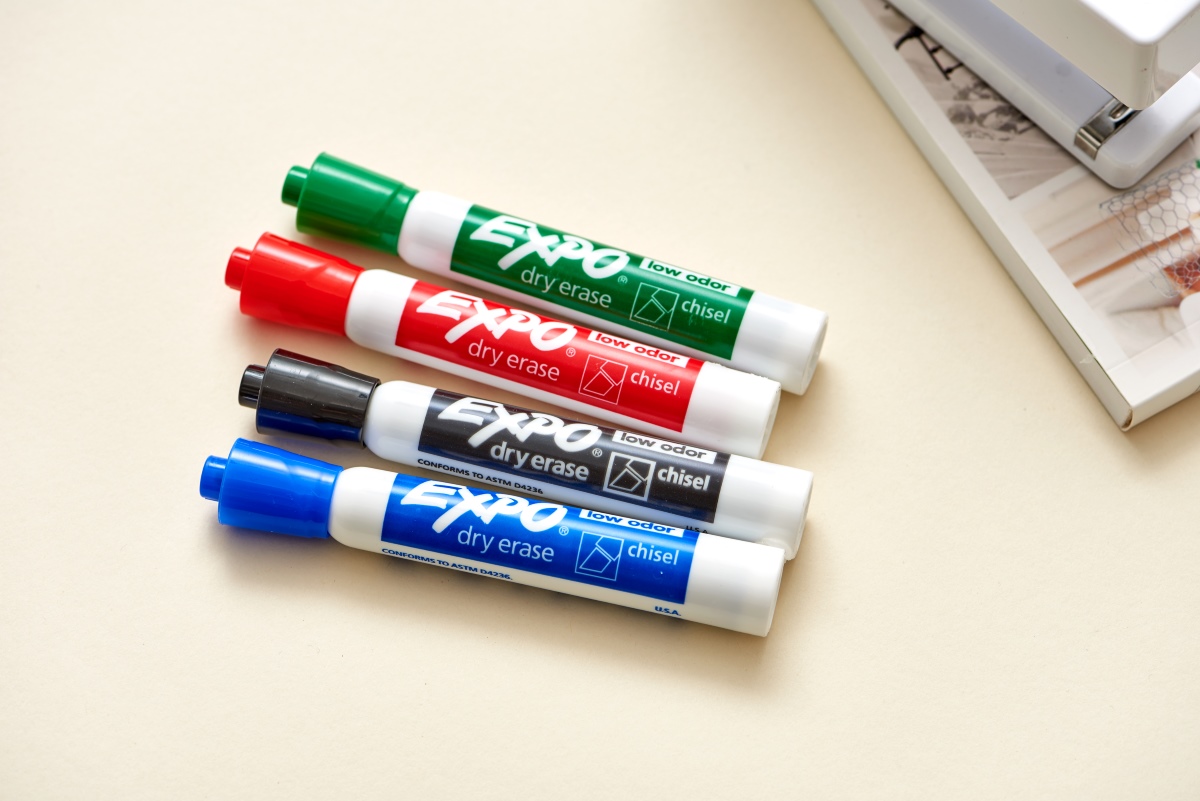
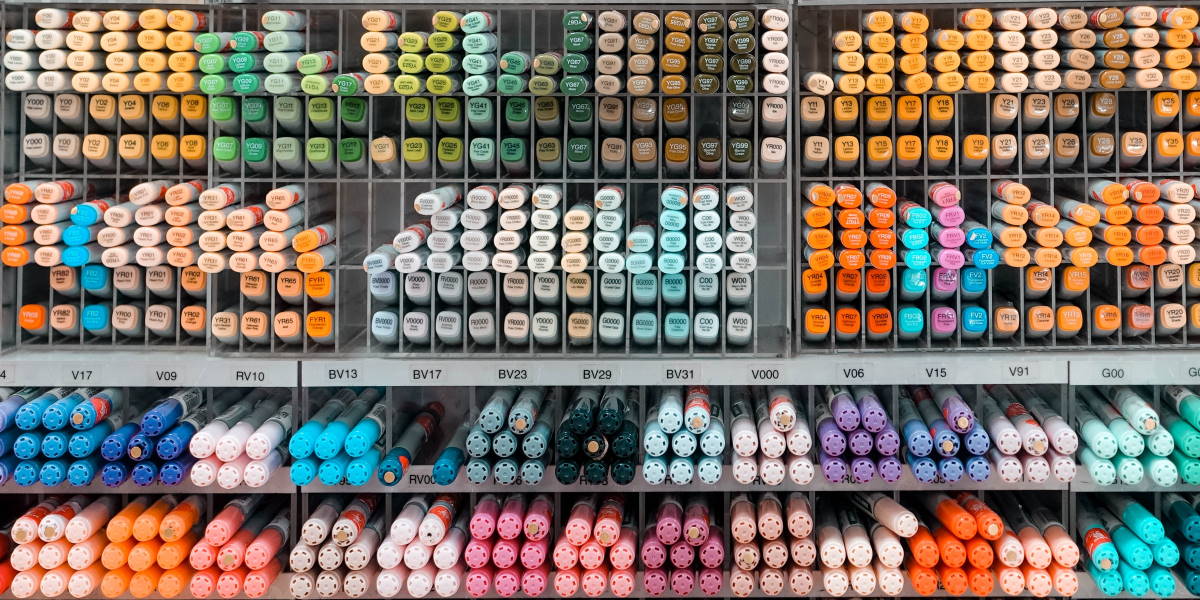
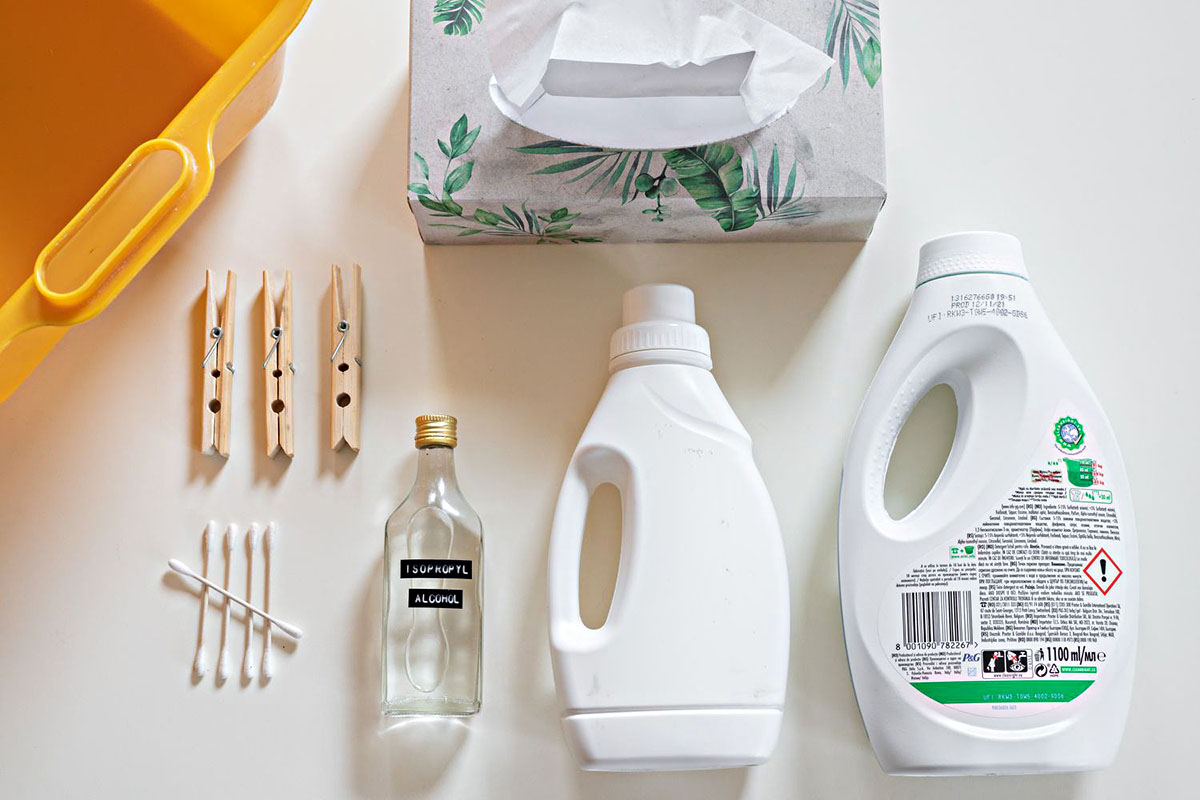
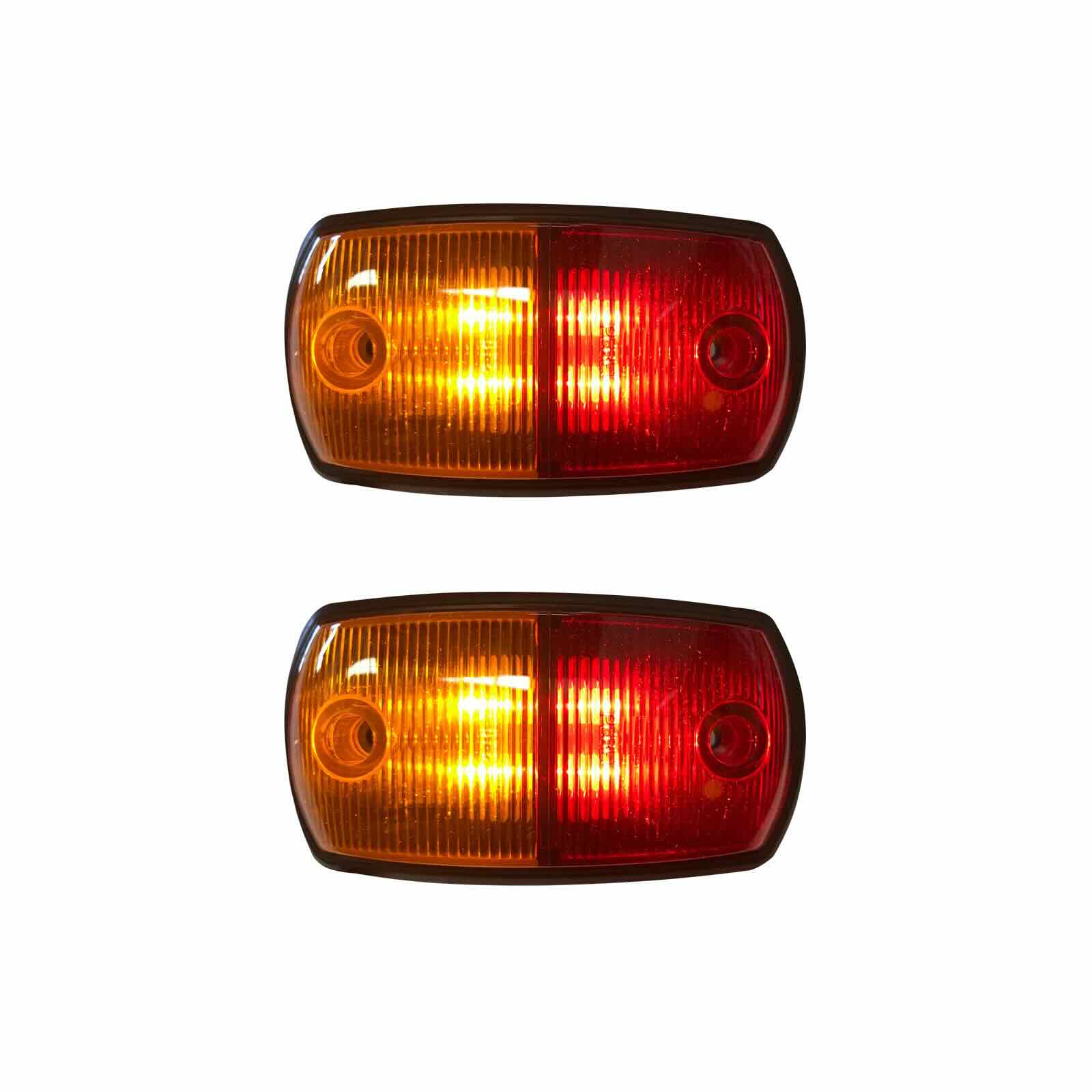



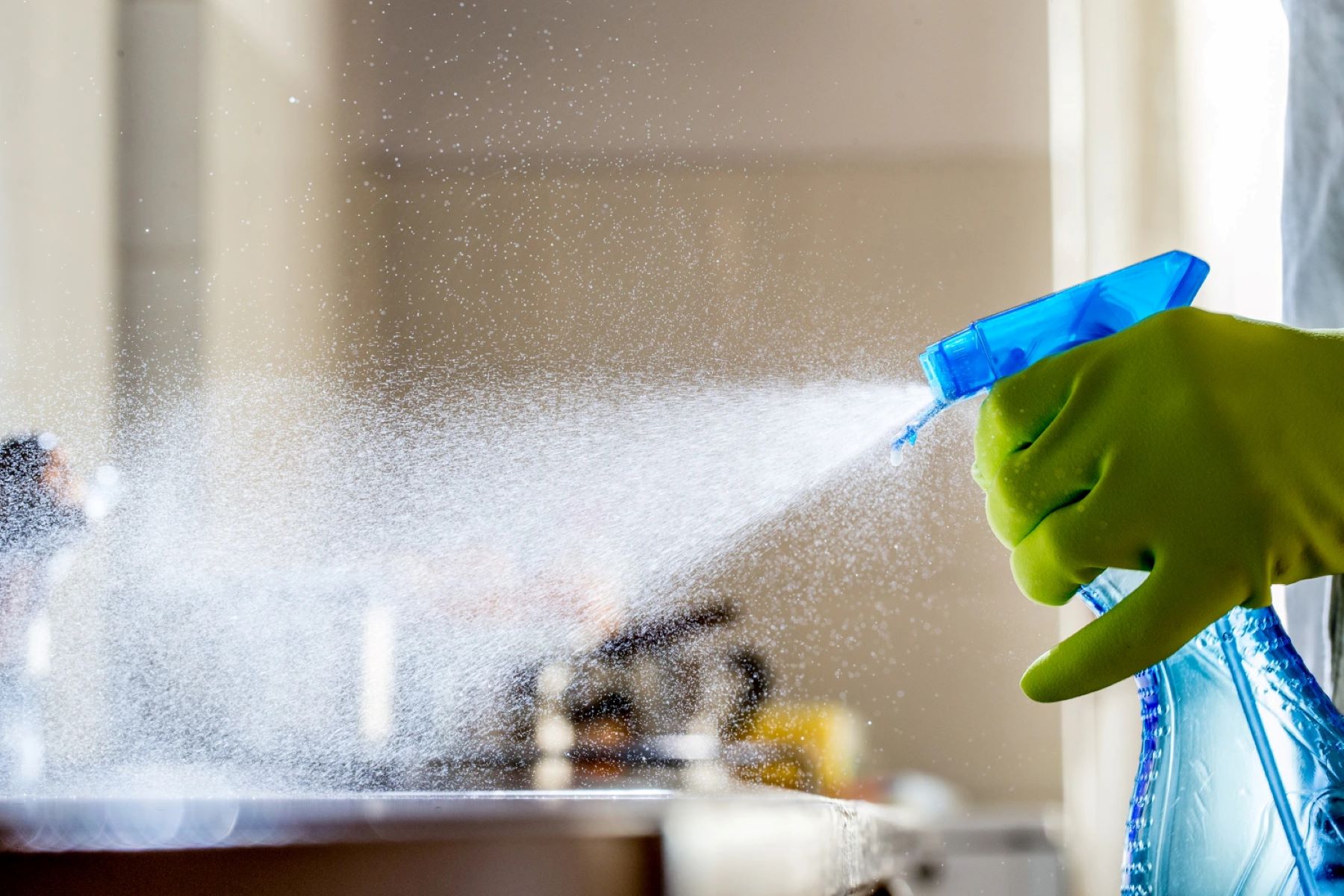
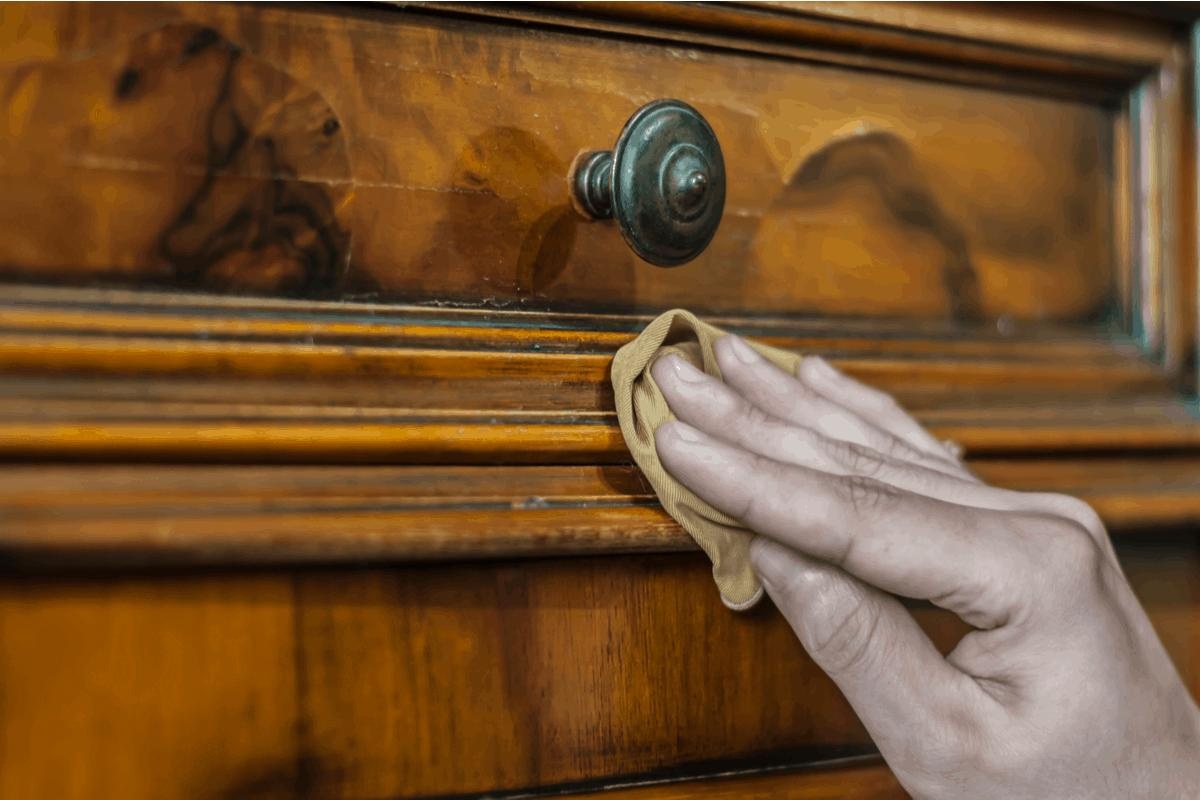
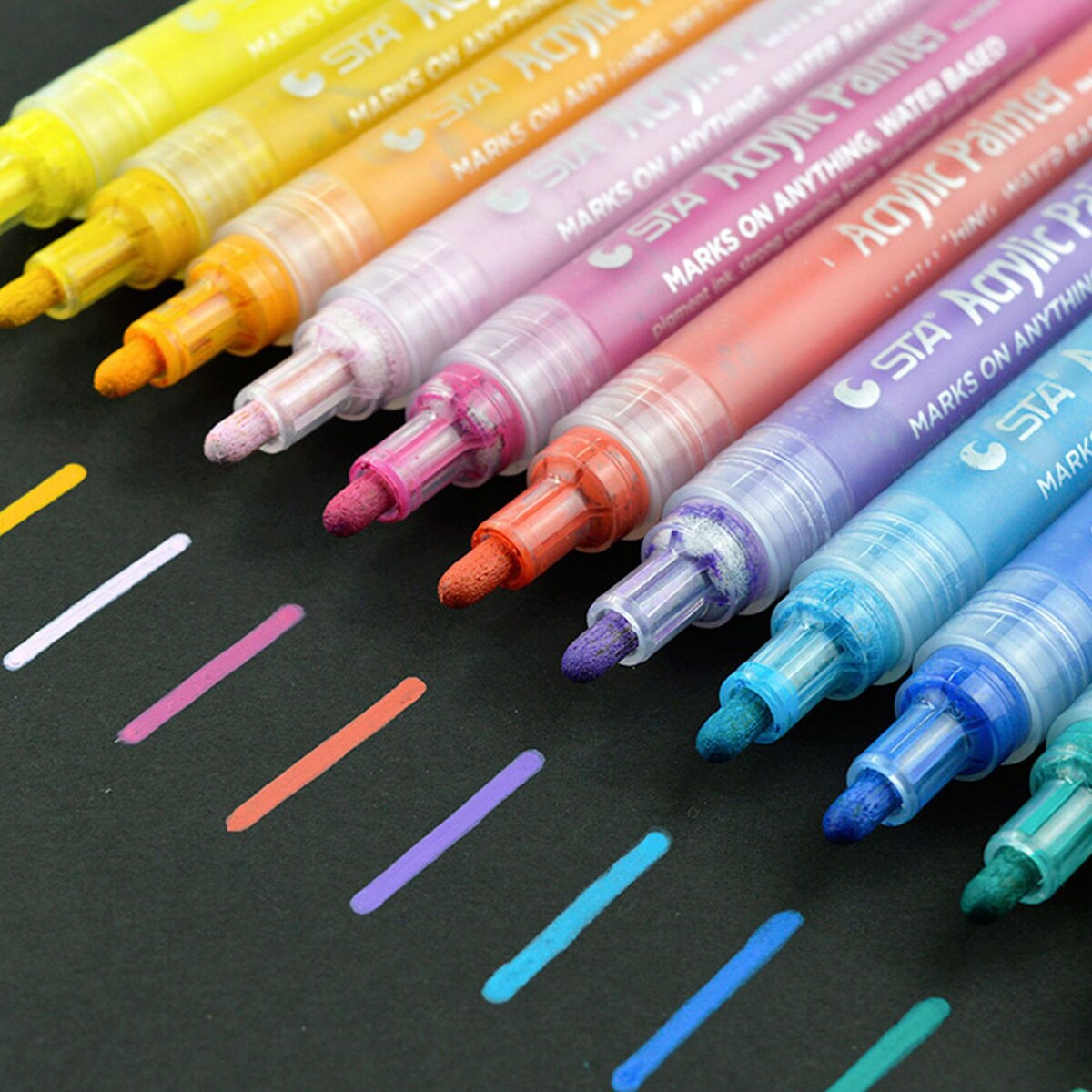

0 thoughts on “How To Store Markers”